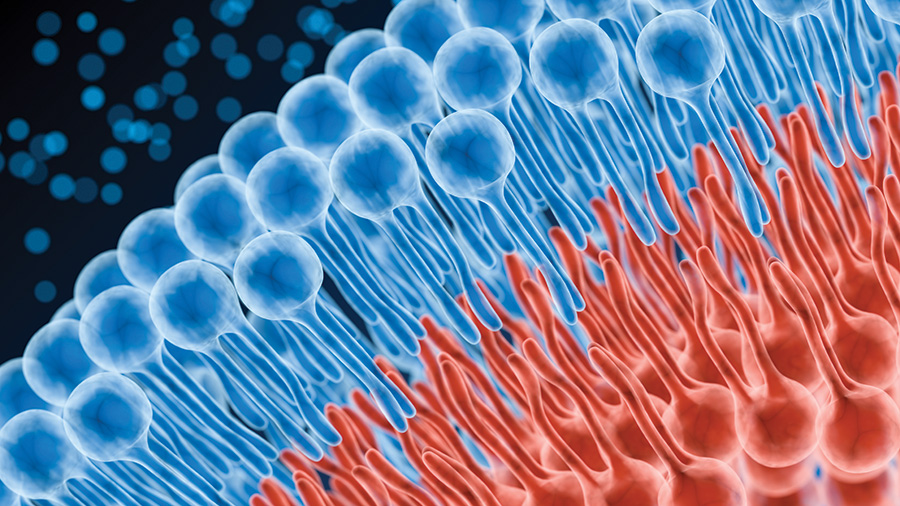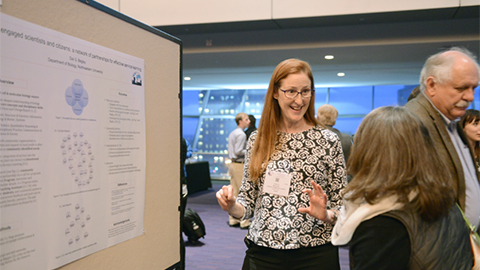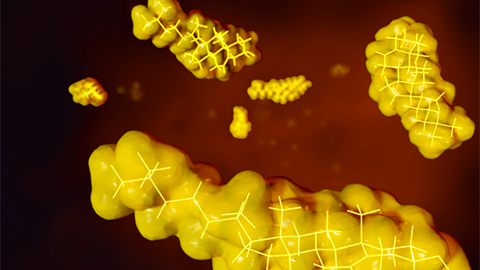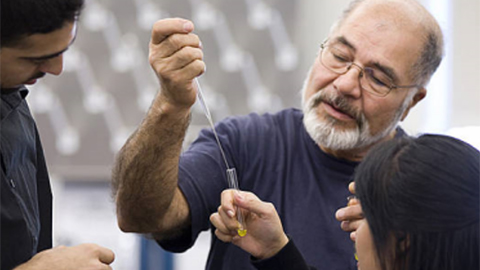Overview
The Lipid Research Division is a division of the American Society for Biochemistry and Molecular Biology. The LRD represents lipid research scientists of the society and addresses concerns that include, but are not limited to, national and international visibility, representation at the annual meeting and on scientific advisory panels, and increased funding for lipid research. Additionally, the LRD serves as a platform within the ASBMB to highlight progress in lipid research and to foster communication among lipid researchers and between lipid researchers and the broader ASBMB membership.
We invite all lipid researchers to join the division. ASBMB membership is required.
Activities
- Provides input to the ASBMB Meetings Committee relating to symposia, themes and sessions at the society's annual meeting.
- Provides a calendar of lipid-related meetings, a job board and links to resources for lipid researchers.
- Presents the Walter Shaw Young Investigator Award in Lipid Research, which the division established, at the society's annual meeting.
- Works closely with National Institutes of Health scientific review officers to increase representation of lipid researchers on appropriate study sections.
- Hosts monthly webinars that feature and attract lipid researchers from around the world.
- Publishes the "Lipid News" column in ASBMB Today and maintains an active presence on Facebook and Twitter.
- Collaborates with the European-based Lipid Maps organization to publish "Lipid Trends."
- Publicizes lipid research articles from the Journal of Lipid Research and the Journal of Biological Chemistry.
He made pioneering discoveries on lipid metabolism and was an ASBMB member since 1971.
Using a new imaging method, researchers at State University of New York at Buffalo traced fentanyl’s effects inside brain immune cells, revealing how the drug alters lipid droplets, pointing to new paths for addiction diagnostics.
Researchers in Quebec identified lower levels of a brain cholesterol metabolite, 24-hydroxycholesterol, in patients with fragile X syndrome, a finding that could provide a simple blood-based biomarker for understanding and managing the condition.
Researchers at Hokkaido University identify the enzyme behind a key lipid in sperm development. The findings reveal how seminolipids shape sperm formation and may inform future diagnostics and treatments for male infertility.
Highlights
Webinars
LRD Seminar Series
Presentations by young researchers highlighting their recent work in the field of lipids. Hosted by the ASBMB's Lipid Research Division.






